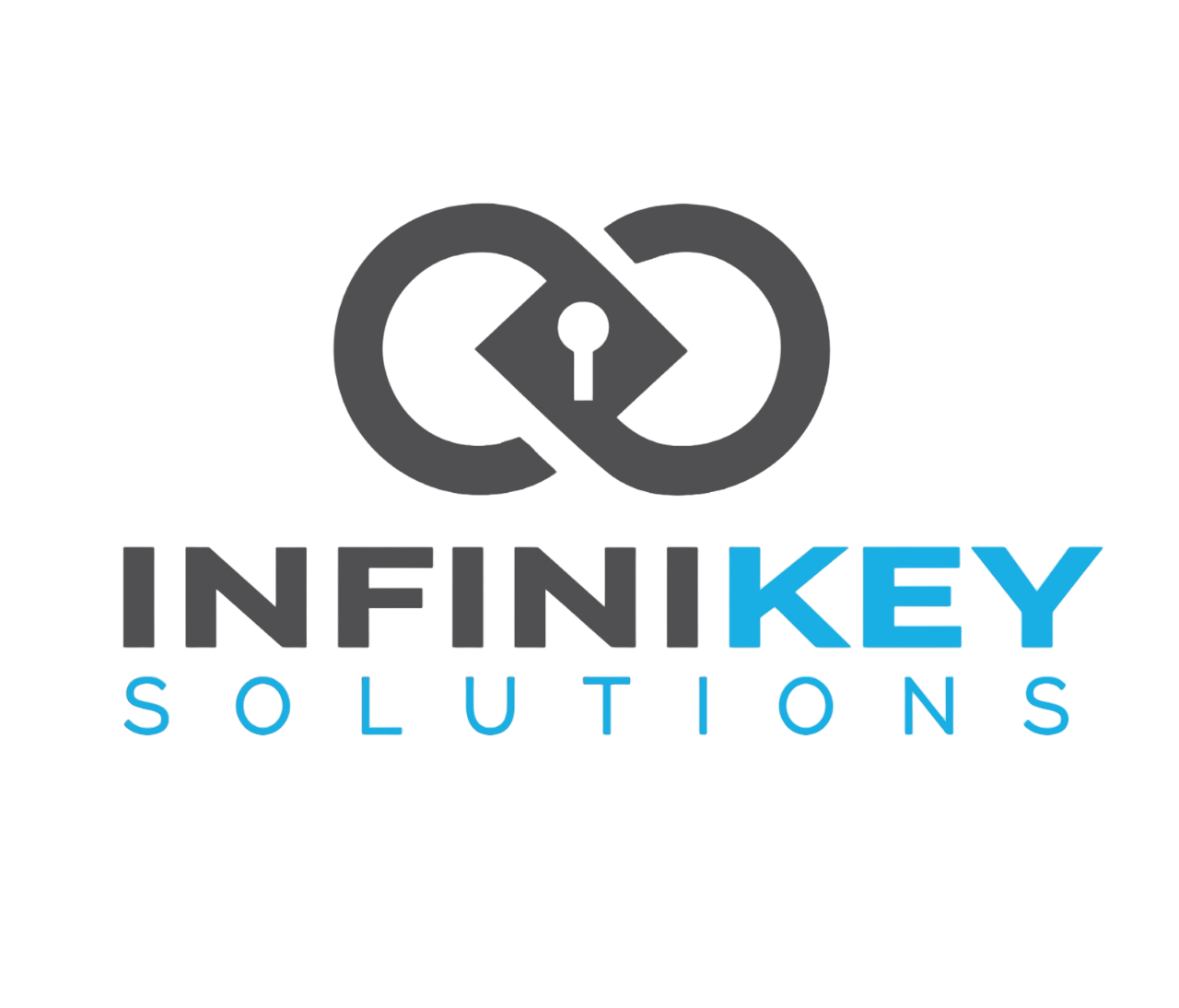Companies are constantly striving to gain a competitive edge, while also staying on top of their long term goals. One crucial aspect of achieving this is through strategic talent acquisition, a process that goes beyond traditional hiring methods to identify and recruit top talent. However, in the era of big data, HR analytics has emerged as a powerful tool to revolutionize the way organisations approach talent acquisition.
Data-Driven Insights Informing Hiring Strategies
Imagine a scenario where a retail company is looking to expand its workforce to meet growing demand during the holiday season. Traditionally, the HR team would rely on resume screenings and interviews to fill positions. However, with HR analytics, they can delve deeper into data to identify trends and patterns that can inform their hiring strategy.
Tailoring Job Postings for Optimal Candidate Fit
For instance, by analysing past hiring data, the HR team may discover that certain characteristics, such as previous retail experience or proficiency in customer service skills, correlate with higher performance and lower turnover rates. Armed with this insight, they can tailor their job postings to attract candidates with these specific attributes, increasing the likelihood of finding the right fit for the role.
Streamlining Recruitment Processes through Automation
Furthermore, HR analytics can help streamline the recruitment process by automating repetitive tasks. By leveraging algorithms to sift through resumes and prioritize candidates based on predetermined criteria, recruiters can focus their time and energy on engaging with top prospects, fostering a more efficient and effective hiring process.
Proactive Planning for Future Talent Needs
Moreover, HR analytics enables organisations to forecast future talent needs and proactively plan their recruitment efforts. By analysing workforce demographics, turnover rates, and market trends, HR professionals can anticipate which roles will be in high demand and develop strategies to attract and retain talent accordingly.
Case Study: Healthcare Organisation Addressing Nursing Shortages
Consider a healthcare organisation facing a shortage of nurses due to an aging workforce and increased patient demand. By analysing demographic data and turnover patterns, HR analytics can alert the organisation to potential staffing gaps well in advance, prompting them to launch targeted recruitment campaigns or invest in training programs to develop internal talent.
Conclusion: Harnessing the Power of HR Analytics for Strategic Talent Acquisition
In conclusion, strategic talent acquisition powered by HR analytics offers organisations a competitive advantage in today’s dynamic business environment. By leveraging data-driven insights to inform recruitment decisions, companies can identify, attract, and retain top talent more effectively, driving sustainable growth and success.




